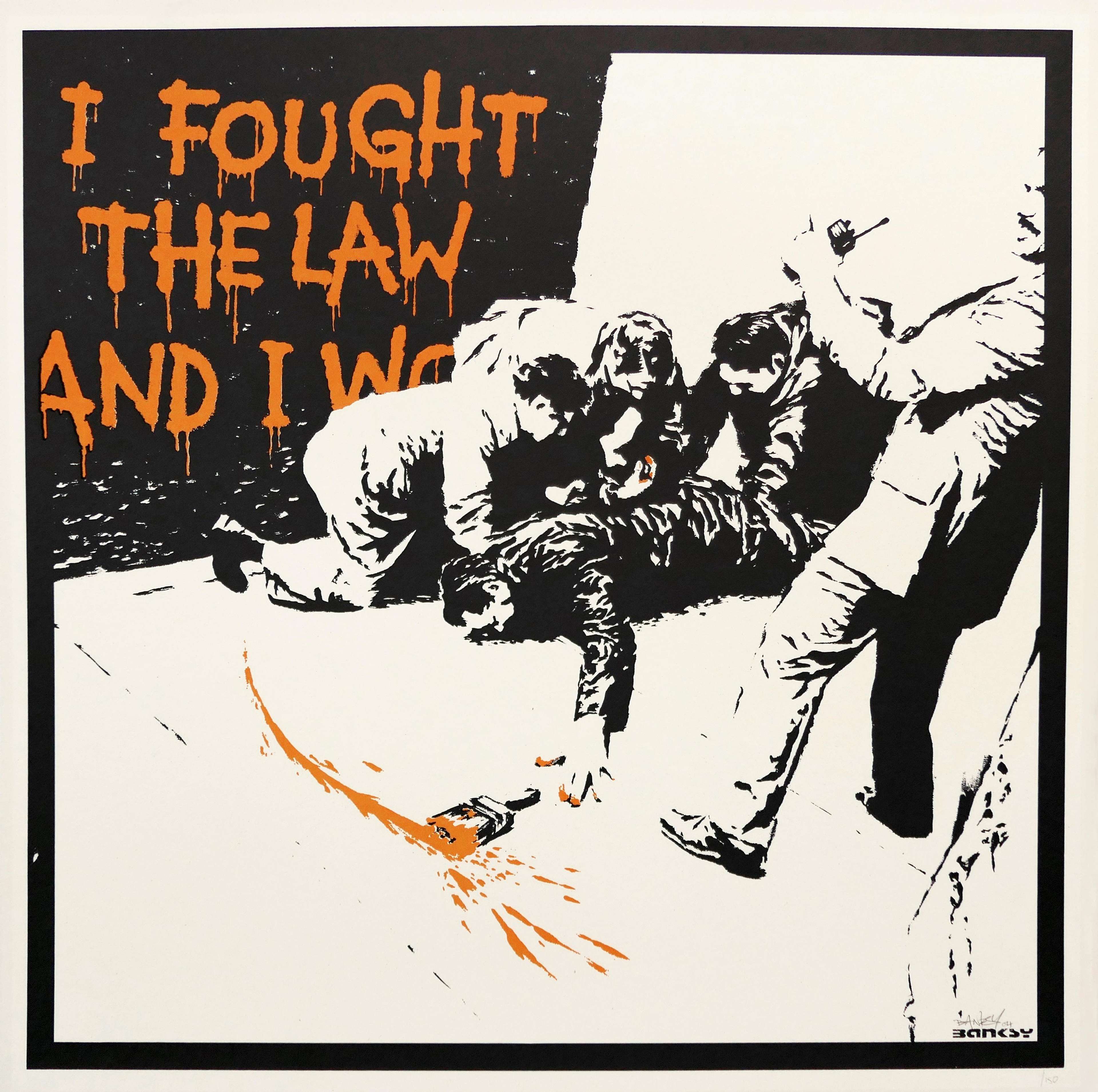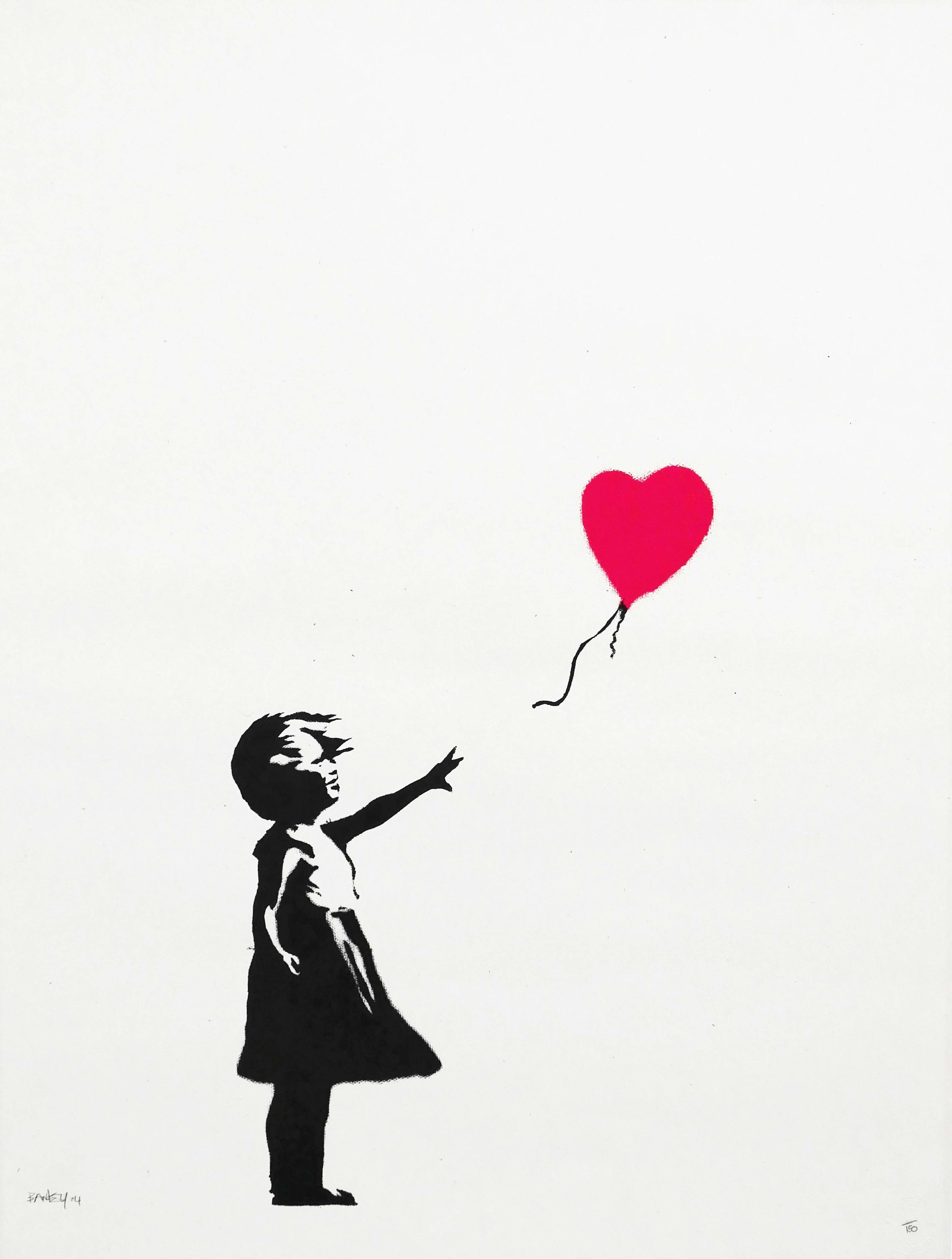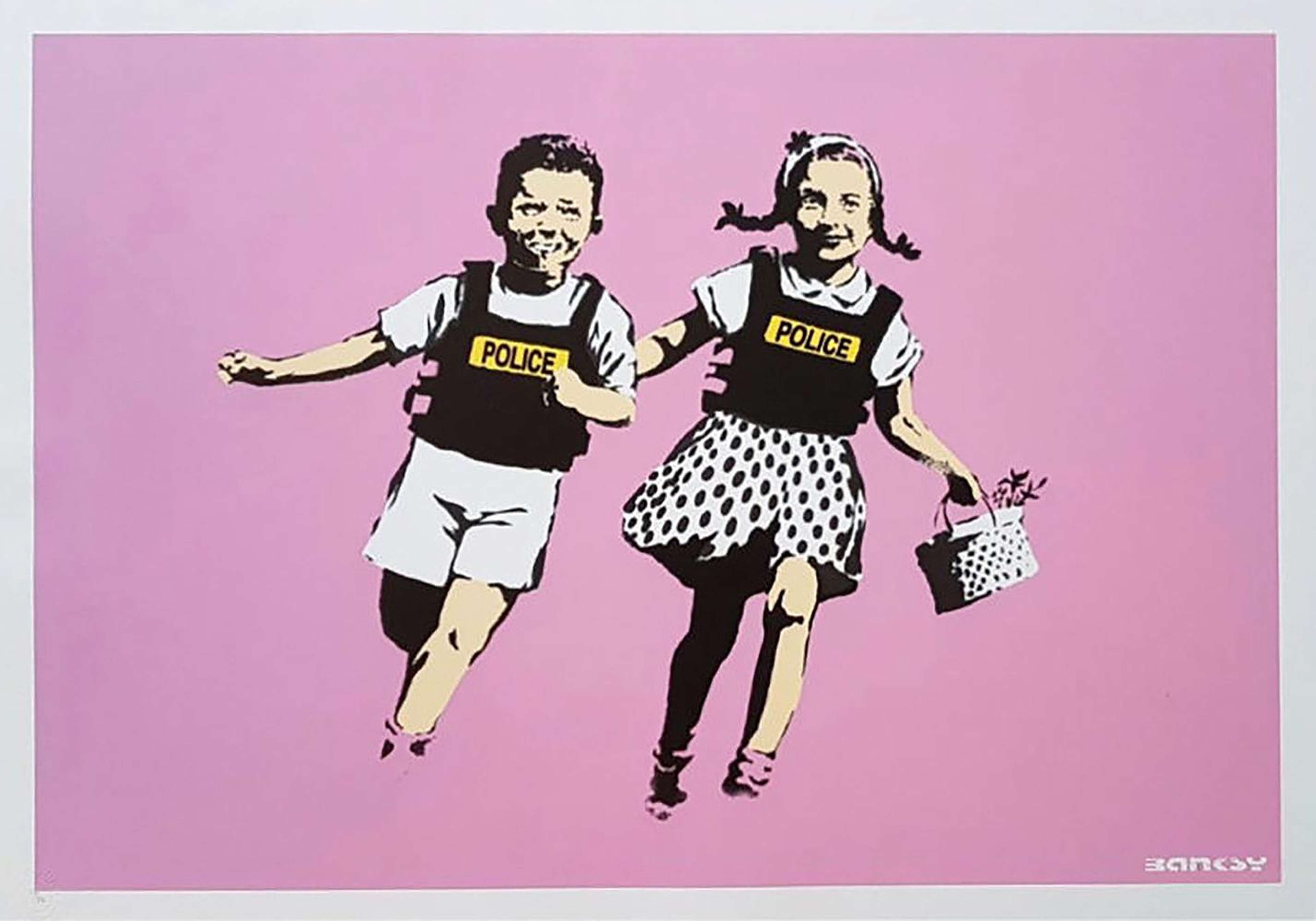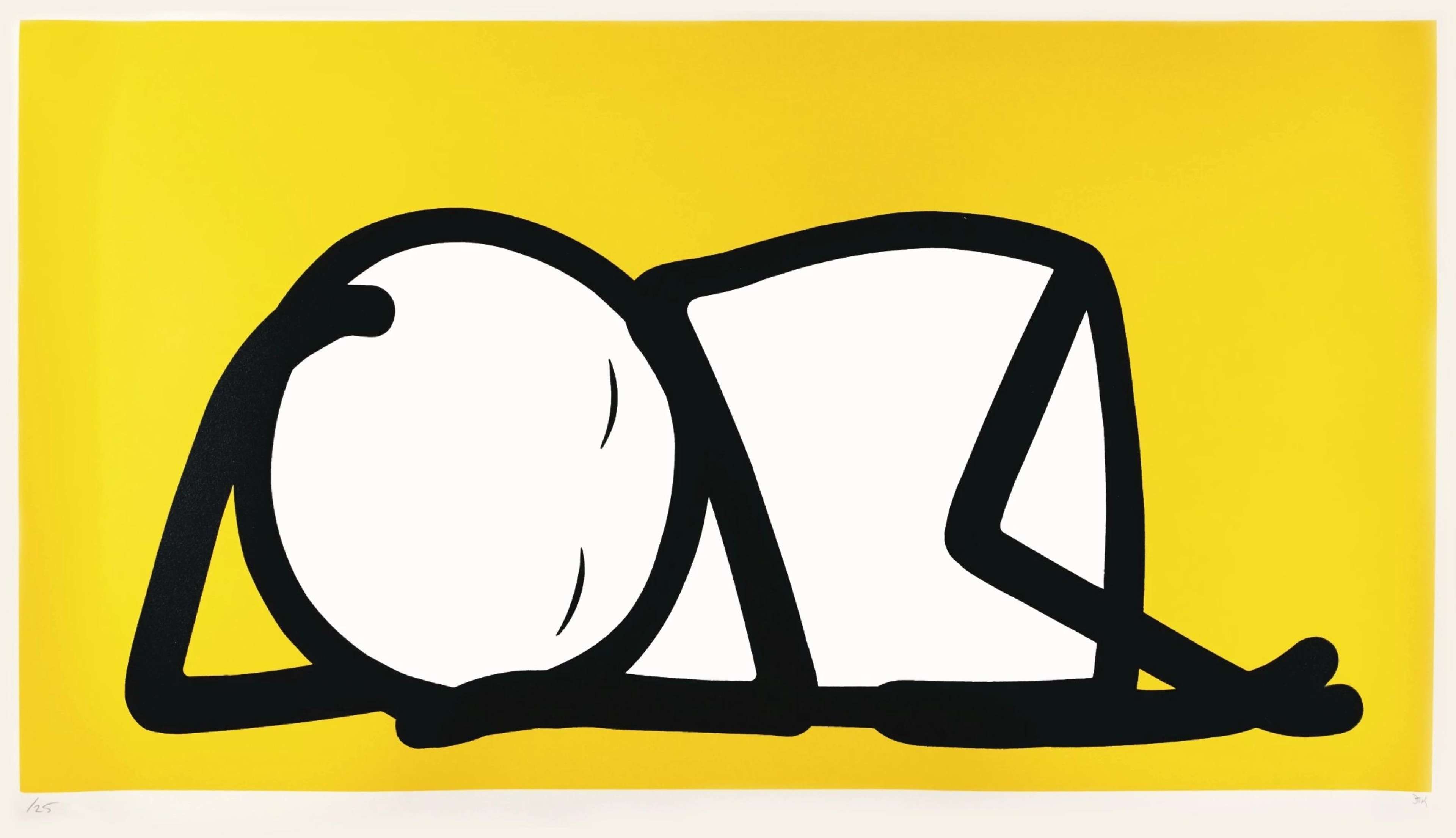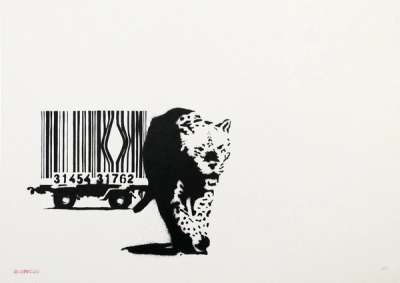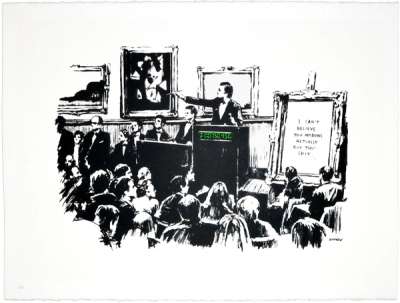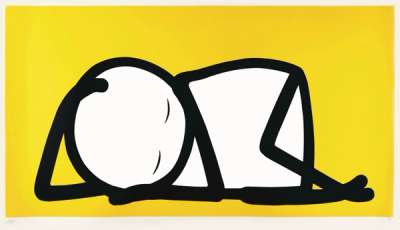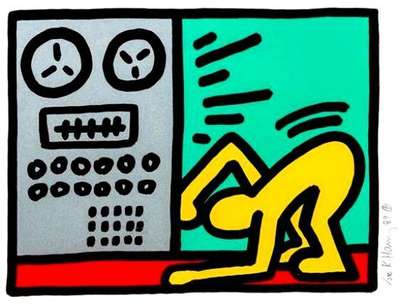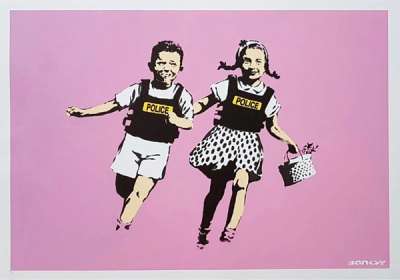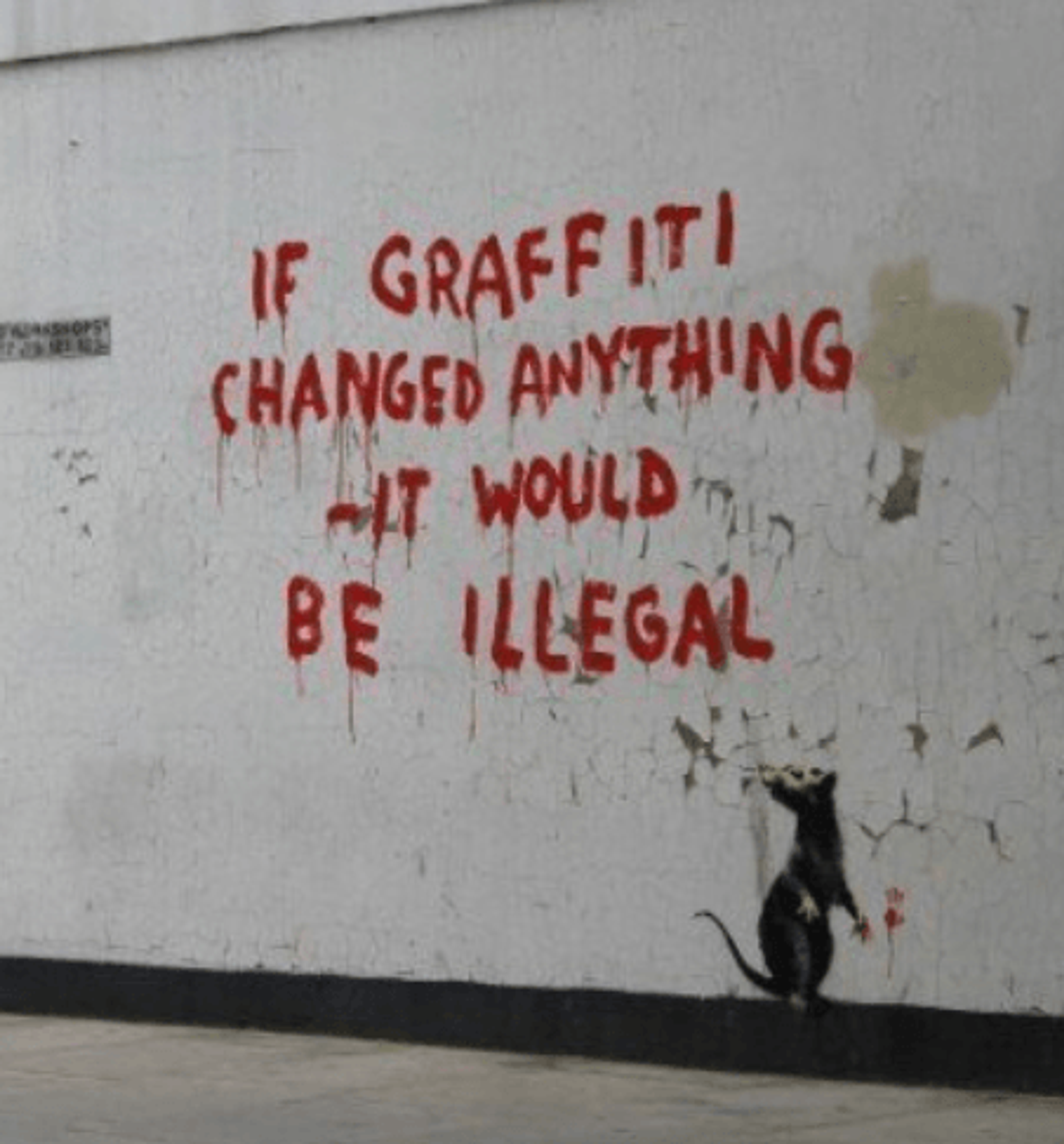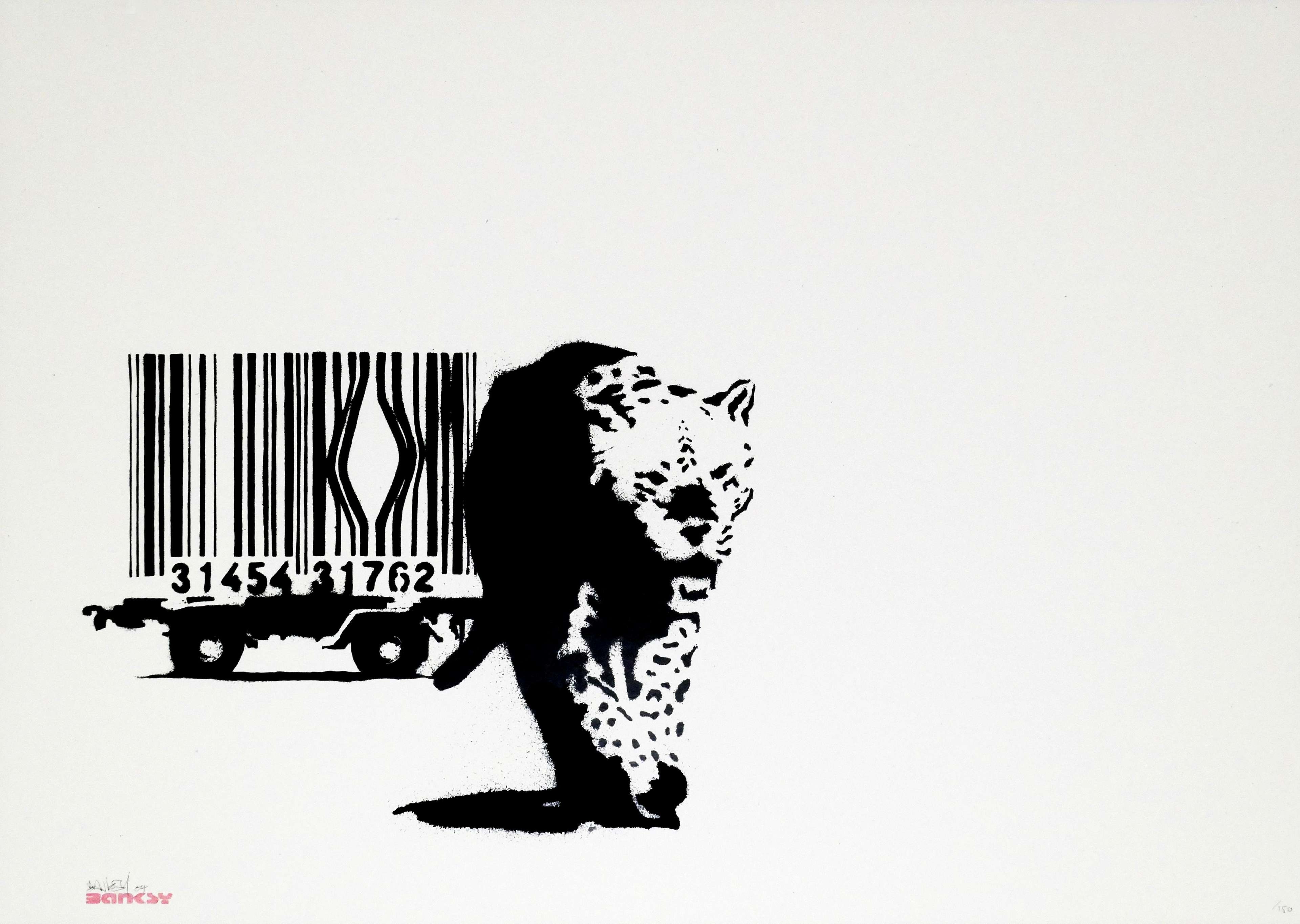 Barcode © Banksy 2004
Barcode © Banksy 2004Market Reports
Street art is taking the art market by storm and attracting new collectors across the world.
Once considered vandalism, today works by street artists can sell for millions at auction. When did this trend begin and who are the artists to look out for? Here, we answer some of the most common questions about the street art market.
What is the history of street art? And when did the art market begin to take notice?
Street art, also called urban art, emerged in the late 1960s and early 1970s when graffiti writers in Philadelphia and New York began creating elaborate and stylised tags to showcase their names and provocative messages.
By the 1980s, young street artists such as Keith Haring and Jean-Michel Basquiat were rubbing shoulders with famous, more mainstream artists like Andy Warhol – and the art world took notice. Exhibitions soon followed, as well as commercial opportunities, such as Haring’s Pop Shop, all of which brought street art to a wider audience. Its reputation changed from vandalism to a celebrated form of art.
Today, street art does not have to be on the streets — although some of the most famous street artists, including Banksy and KAWS, started out as graffiti artists and still have the same rebellious spirit, inspired by social issues, activism and disdain for authorities.
What is the most expensive street artist's work at auction?
Untitled by Basquiat set the highest price for a street artist at auction when it sold for US$110.5million (£85.2million) in 2017 at Sotheby’s in New York. The painting was last sold in 1984 for just US$19,000.
More recently, Banksy’s Love is in the Bin sold for £18.6 million in 2021, a staggering 18-times increase in value in just three years – it was last sold for £1.04 million in 2018, during the infamous shredding stunt.
Banksy’s market momentum shows no sign of slowing. For example, his print Thrower (Grey) achieved a remarkable £190,500 in April 2023. This sale positioned it among the top-selling Banksy prints of the year, underlining the ongoing collector demand for his works that blend art and activism.
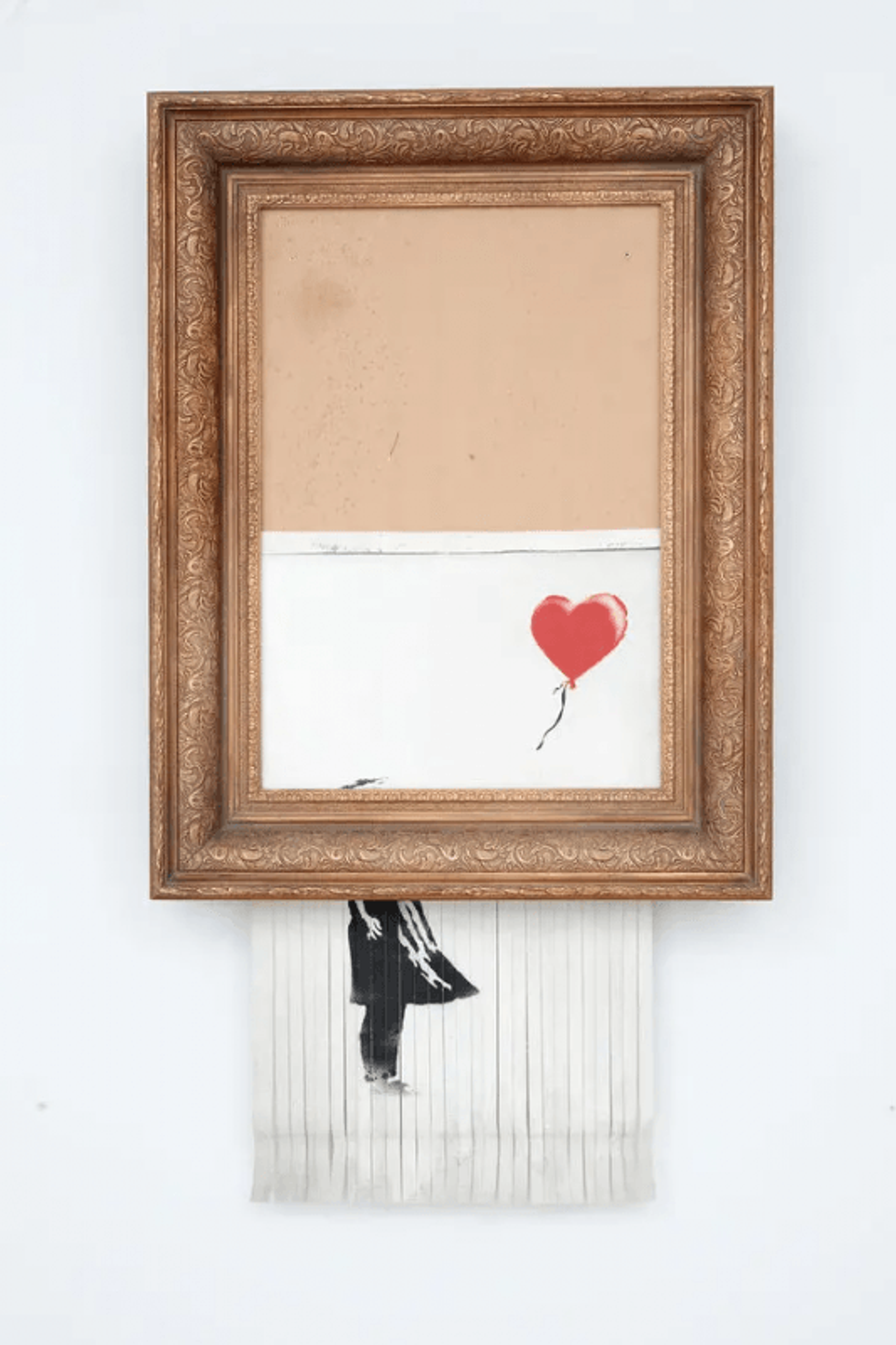 Love Is In The Bin © Banksy 2021
Love Is In The Bin © Banksy 2021Why is street art so popular?
Street art’s accessibility, relatability and global reach are just some of the reasons for it’s growing popularity, says MyArtBroker’s Acquisition Coordinator, Celine Fraser:
Street art is relatable. “Back in the early days of graffiti and street art, artists created works with references and symbols only understood by their inner circle. But today, street art is not reserved for an ‘in’ crowd,” says Celine, with artists such as Banksy addressing everyday issues like hope, loss, celebrity, police violence and childhood with cheeky humour.
Street art is easy to understand. “Art is sometimes seen as elitist because it can be hard to understand. Street art’s references to pop culture or everyday life are instantly clear, which gives it mass appeal, even to people who don’t usually enjoy ‘high art’.”
Street art is reaching more people. “Unlike art made to be exhibited in galleries, there is no barrier for entry for street art. Anyone can see it in the streets and easily share it on social media, meaning it can be instantly seen and recognised across the world.”
Street art is desirable. “When original works by street artists, like paintings or sculpture, sell for high prices at auction, other collectors start to take notice and buy into their entry-level pieces, like prints and multiples – which online platforms make buying and selling easier than ever”. More on that later.
Isn't street art's popularity at odds with its anti-establishment attitude?
The irony of street art’s market boom isn’t lost on the artists. As Banksy dryly commented about his work at auction, ‘I can’t believe you morons actually buy this sh*t’.
But some street artists have embraced their popularity on the secondary market. The street artist known as Stik, for example, often collaborates with auction houses to sell his art for charity and has set multiple top prices. Proceeds have gone towards causes such as homelessness and community projects.
“At its heart, street art rejects elitism. Many of these artists started off by making art that was free to see in the streets,” says Celine. “When their practice grew, they still created works that were available at a range of prices, from toys and merchandise to limited-edition prints and multiples.” Haring’s art, for example, may be selling for up to US$6 million at auction today but back in 1986 when he first launched Pop Shop, they could be bought for as little as 50 cents.
Are street art prints and multiples a good investment?
Street art prints and multiples have been booming on the secondary market. Online sales — via private brokers (like MyArtBroker) or auction houses — have made buying and selling a simple and easy process: sellers can quickly share details of their prints through photographs, while new buyers and investors can clearly see the print they want to buy, even with a basic level of knowledge. This, in turn, has opened up new markets around the world. “We’ve been seeing a lot more requests come from the USA,” says Celine.
The market for Banksy prints, in particular, has skyrocketed in recent years. In early 2020, the average price for a Bansky print was £13,952 — in just two years, the average price has increased to £39,244. Between January to March 2022, £6.3 million worth of Banksy prints were sold at auction, up 319% from the same period in 2020.
And just when the Banksy market thought it had seen everything, several new prints made their debut at auction — including Choose Your Weapon (Gold) and Banksquiat, which sold for staggering £239,400 and £163,800 respectively.
Which street artists should I look out for?
“In addition to Banksy, Haring’s established market also makes him a solid investment option, although it might be harder for entry-level buyers to acquire a work,” says Celine.
The works of Stik and Invader are comparatively more affordable, but both artists are on the rise at auction. Stik’s Sleeping Baby prints, in particular, have been commanding high prices recently.
If you have a work of street art and want to know its value, contact us today for a free valuation and we can discuss the latest market trends with you.




